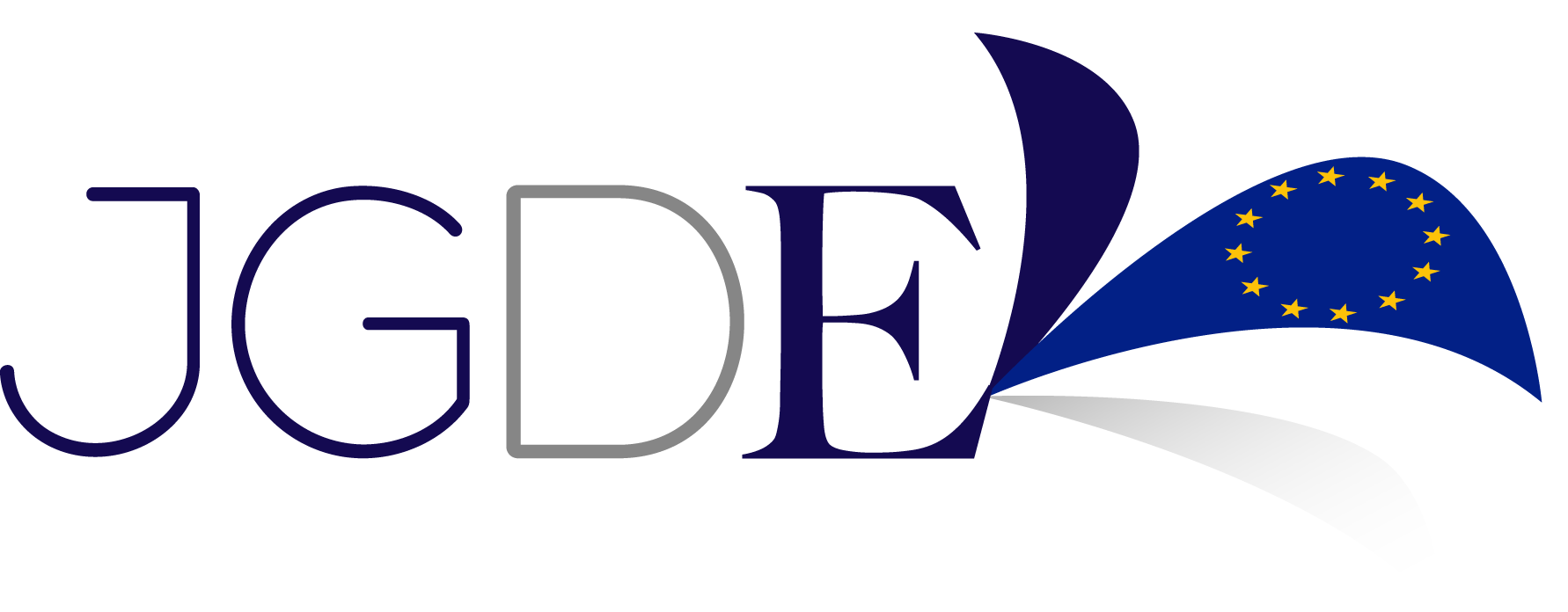Today, the European Commission releases its 2017 report on the Rapid Alert System for dangerous products.
The report shows that in 2017, the Rapid Alert System was increasingly used by national authorities with more than 2,000 alerts on dangerous products circulated through the system. Toys, for example several models of the popular fidget spinners, cars and motorcycles, topped the list of dangerous products detected and removed from the market.
Věra Jourová, Commissioner for Justice, Consumers and Gender Equality said: “European consumer rules guarantee that only safe products are sold in the EU. If this is not the case, the Rapid Alert System supports authorities to react quickly and remove any products that might cause injuries. Thanks to this system, we are keeping our children safe and preventing fatal accidents on our roads. This is a good example of how to efficiently enforce EU consumer rules. Unfortunately, in many other areas we need to improve enforcement and make sure consumers can benefit from their rights. This is what our upcoming ‘New Deal for Consumers’ is all about.”
The 2,201 alerts sent through the Rapid Alert System prompted nearly 4,000 follow-up actions, such as the withdrawal of products from the market. This shows that all national authorities closely monitored the alerts in the system and took all necessary measures to help make the market safer for consumers.
How does it protect consumers from dangerous products sold online?
Consumers increasingly purchase products online directly from third countries. The challenge is now to ensure that these products meet EU standards for safety.
Many of the dangerous products notified in the Rapid Alert System are also sold on online platforms or marketplaces. To address this phenomenon, the Commission is encouraging cooperation with its international counterparts and online platforms to make sure that unsafe products do not reach EU consumers. The Commission issued a Recommendation on 1 March 2018 with a set of operational measures to be taken by online platforms and Member States to further step the work on illegal online content, including when it comes to dangerous products.
In particular, the Commission is calling on platforms to take voluntary commitments that go further than their legal obligations in the field of product safety.
Which products are posing the most risks?
In 2017, ‘toys’ was the most notified product category (29%), followed by ‘motor vehicles’ (20%), and ‘clothing, textiles and fashion items’ (12%).
As far as risks are concerned, in 2017 the risk most often notified was injury (28%), followed by chemical risk (22%).
Where are they coming from?
The majority of dangerous products notified in the system came from outside the EU. China is the number one country of origin, but the number of alerts remains stable at 53% (1,155) in 2017, same as the year before. The Commission continues to cooperate closely with Chinese authorities, working together to discuss specific cases and implement actions, such as exchange of good practices. Dangerous products of European origin accounted for 413 notifications (26%).
Next steps
The Rapid Alert System is an important tool for the enforcement of EU consumer laws by national consumer authorities. To further improve enforcement, the Commission will unveil its ‘New Deal for Consumers’ in April, which aims at modernising the existing rules and improving the protection of consumers.
The Commission will continue working on modernising the Rapid Alert System further, allowing authorities and businesses to better protect consumers from dangerous products.
The next step of the modernisation of the system will enable users to read each alert in all official EU languages.
Background
Since 2003, the Rapid Alert system ensures that information about dangerous non-food products withdrawn from the market and/or recalled anywhere in Europe is quickly circulated between Member States and the European Commission. This way, appropriate follow-up action (ban/stop of sales, withdrawal, recall or import rejection by Customs authorities) can be taken everywhere in the EU.
Thirty-one countries (EU together with Iceland, Liechtenstein and Norway) currently participate in the system. The Rapid Alert System functions thanks to daily and continuous close cooperation between Member States.
The Rapid Alert System has a dedicated public website (ec.europa.eu/consumers/rapid-alert-system) which provides access to weekly updates of alerts submitted by the national authorities participating in the system. Every week, around 50 alerts are registered and published on the web. Anyone can consult the notifications in the system. Consumers and businesses can now also create and personalise their own subscriptions to alerts according to their needs and preferences and share alerts through social media.
A specific tool is also available on the website for businesses to quickly and efficiently inform national authorities about a product that they have introduced on the market that might be unsafe.
For More Information
Search tool for the Rapid Alert System published information
Rapid Alert System national contact points
Annual report and statistical information


















